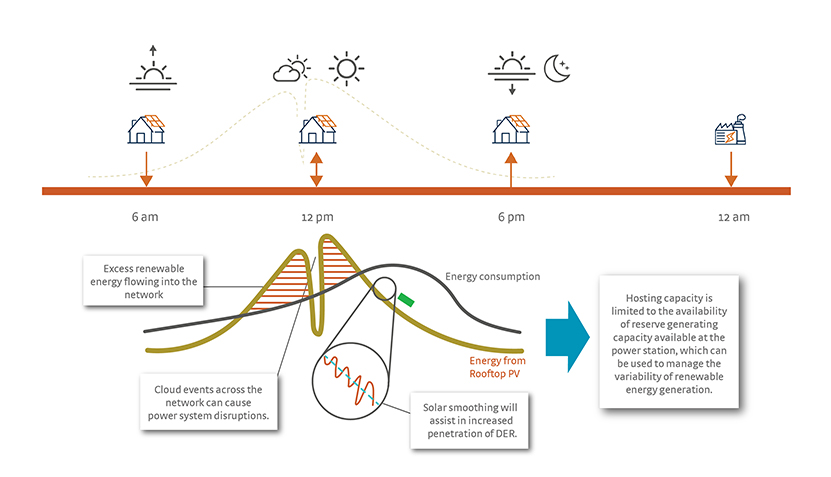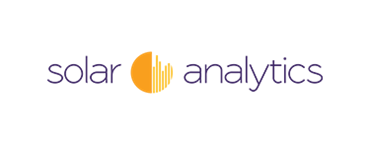Background
Horizon Power faces unique challenges in the renewable energy space due mainly to its large number of small microgrids or non-interconnected electricity systems and the inherent high cost of supply to regional towns. The smaller the system, the more vulnerable it is too high levels of solar installation.
This project sought to resolve the technical, operational and transitional barriers to a high penetration DER business future. It also investigated how to leverage Horizon Power's experience with distributed energy storage to build capabilities in the management and optimisation of high penetration renewable energy generation in remote microgrids.
Working with Reposit Power in Canberra, the project team developed modes of operation for Virtual Power Plant management of DER in a microgrid setting to investigate how to use this technology to address some of the power quality issues created by very high levels of renewable energy generation. Held over three years, the Distributed Energy Resource (DER) trials have tested distributed energy systems through a variety of behind-the-meter energy systems tests, with the aim of better understanding how to manage the variability of renewable energy and its impact on the network, and ultimately increasing PV system penetration throughout all of our remote networks.
Carnarvon was chosen as the location for these cutting-edge trials because the community has a long history of embracing innovation, with the first privately owned solar farm in Western Australia and record uptake of PV across homes and businesses.
How did we gather the data?
We recruited 116 Horizon Power customers in Carnarvon with a rooftop solar PV system, and we installed a Smart Monitor device(s) at their property which allowed us to monitor participants' energy consumption to determine:
- the amount of solar PV energy generated;
- the amount of solar energy consumed by the customer; and
- the amount of conventional energy imported from the network, for any particular time of the day.
The data acquisition formed an important part of building a database of information that was used for power system analysis during the work of the trials.
Separately, metering PV from the load of these 116 premises uncovered true load which has been masked by PV for the last decade and provided high quality data that showed the effect of cloud events on individual solar PV systems and across the network. Trial participants recruited through a competition held in the town received a DER system consisting of solar panels, a solar inverter, battery and battery inverter, DER control technology and a Wattwatchers device so they can monitor their system performance. In addition, six other trial participants on the Gibson feeder received battery systems to augment their existing PV systems.
In return for the equipment, participants gave us access to their system for three years so that we could test:
- DER visibility and control;
- how much of their renewable energy they use in their house;
- how they could use the battery to manage their peak demand and save money on their electricity bill; and
- how we can communicate with their PV and battery system to achieve orchestration of these assets as part of network optimisation.
Each of the participants' systems were fitted with monitor and control technology that allowed us to gather PV and battery performance data which we married together with weather data, power station performance and network operation data.
Analysis of the data collected from the participant's DER systems provided valuable insight into the way fluctuations in solar PV generation impact the network operation through unparalleled visibility of the interaction between the solar PV inverters and the network. Researchers from Murdoch University's School of Engineering and Information Technology (our academic partners for the trials) analysed the data and developed recommendations for improving control strategies to better manage the PV and battery systems.







